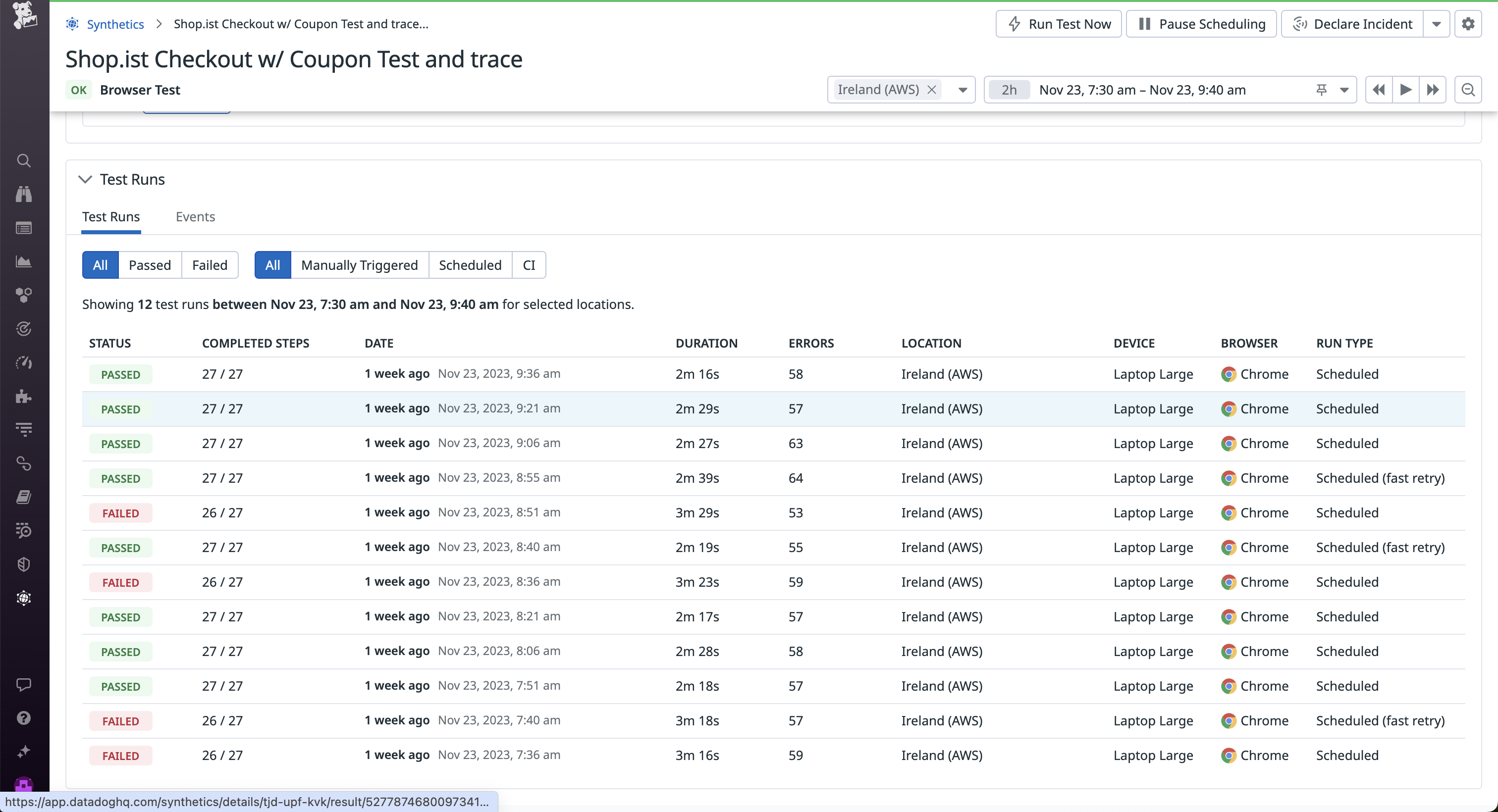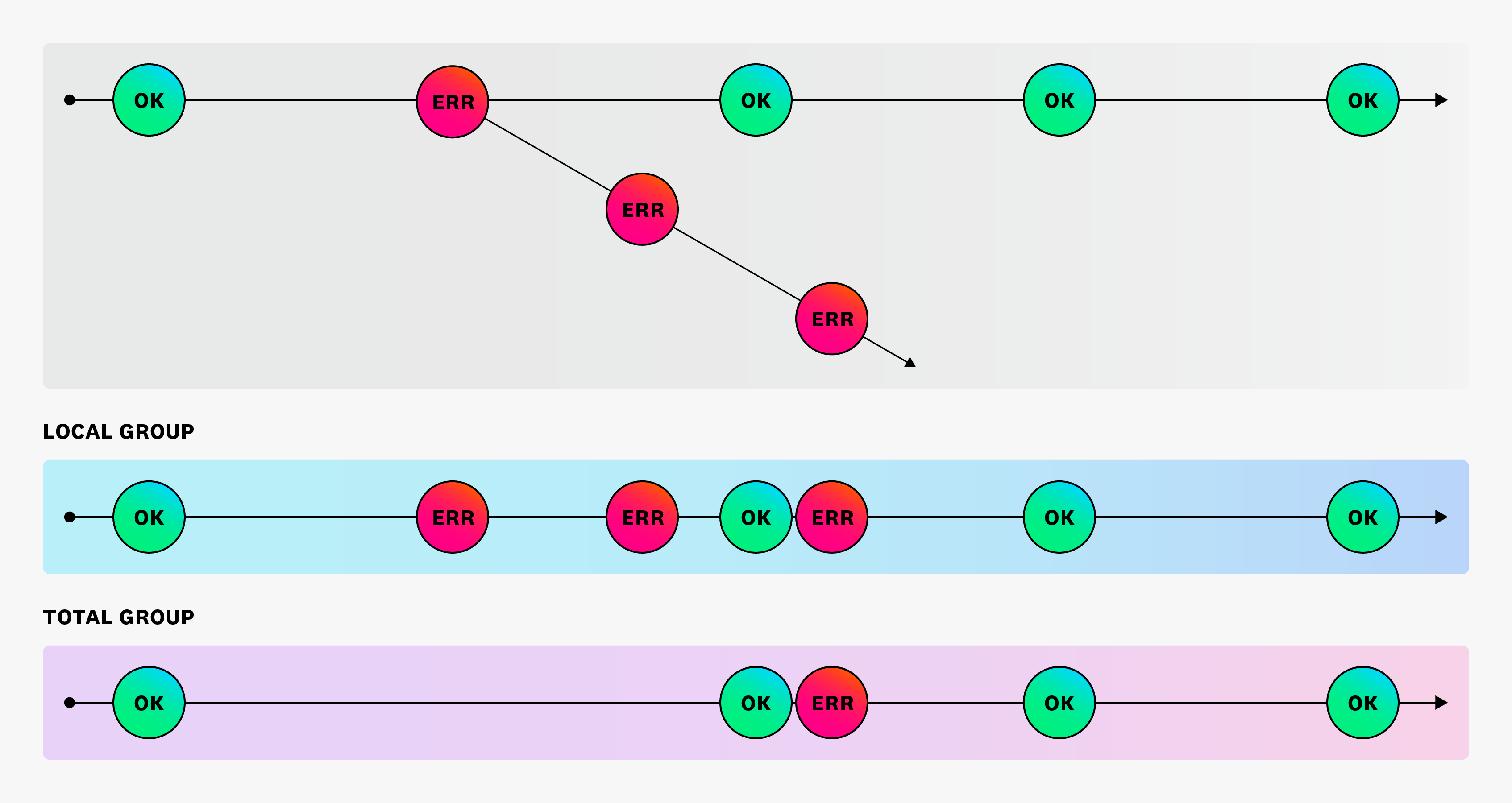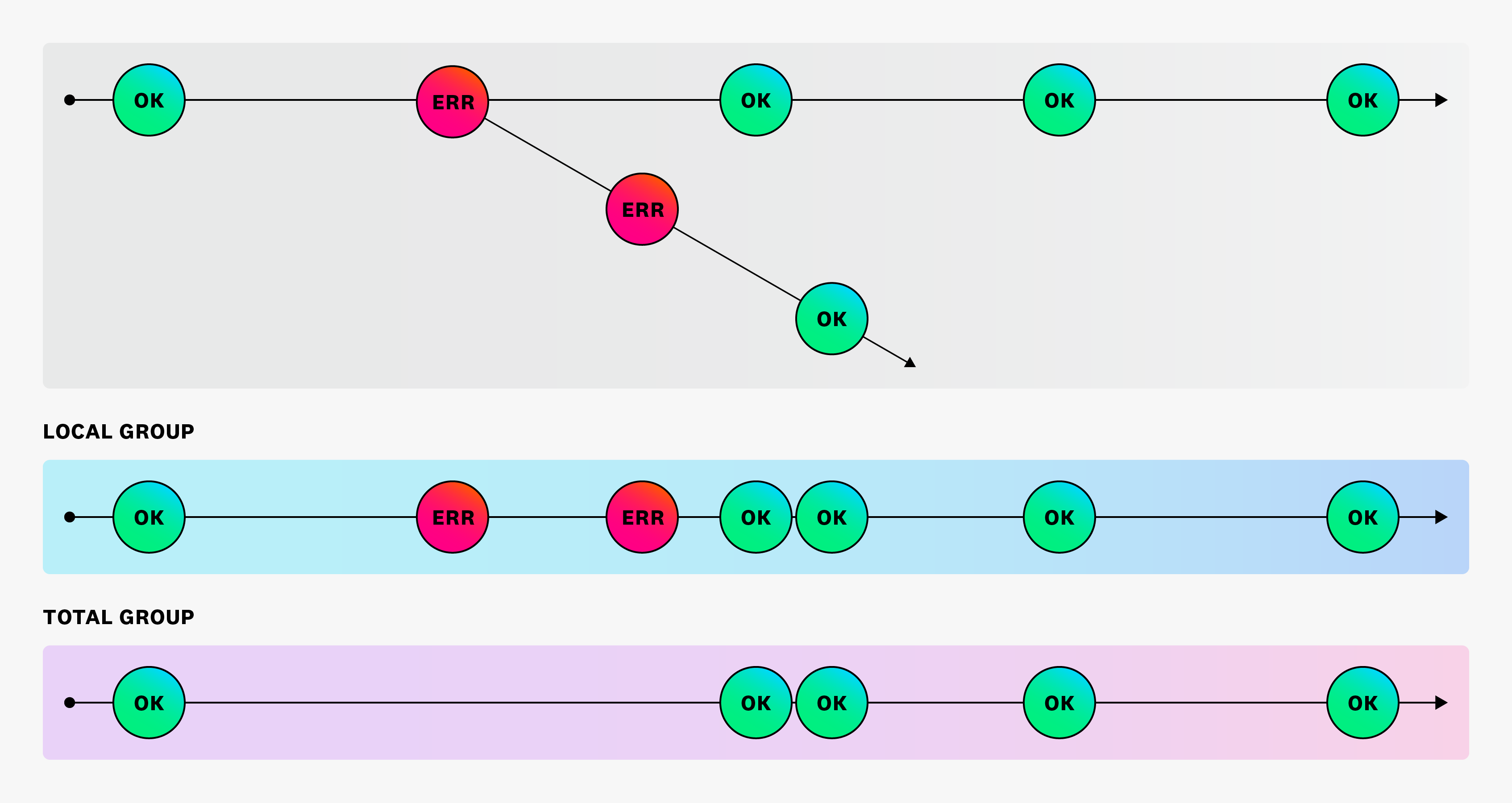- Principales informations
- Getting Started
- Datadog
- Site Datadog
- DevSecOps
- Serverless for AWS Lambda
- Agent
- Intégrations
- Conteneurs
- Dashboards
- Monitors
- Logs
- Tracing
- Profileur
- Tags
- API
- Service Catalog
- Session Replay
- Continuous Testing
- Surveillance Synthetic
- Incident Management
- Database Monitoring
- Cloud Security Management
- Cloud SIEM
- Application Security Management
- Workflow Automation
- CI Visibility
- Test Visibility
- Intelligent Test Runner
- Code Analysis
- Learning Center
- Support
- Glossary
- Standard Attributes
- Guides
- Agent
- Intégrations
- OpenTelemetry
- Développeurs
- Authorization
- DogStatsD
- Checks custom
- Intégrations
- Create an Agent-based Integration
- Create an API Integration
- Create a Log Pipeline
- Integration Assets Reference
- Build a Marketplace Offering
- Create a Tile
- Create an Integration Dashboard
- Create a Recommended Monitor
- Create a Cloud SIEM Detection Rule
- OAuth for Integrations
- Install Agent Integration Developer Tool
- Checks de service
- IDE Plugins
- Communauté
- Guides
- API
- Application mobile
- CoScreen
- Cloudcraft
- In The App
- Dashboards
- Notebooks
- DDSQL Editor
- Alertes
- Infrastructure
- Métriques
- Watchdog
- Bits AI
- Service Catalog
- API Catalog
- Error Tracking
- Service Management
- Infrastructure
- Universal Service Monitoring
- Conteneurs
- Sans serveur
- Surveillance réseau
- Cloud Cost
- Application Performance
- APM
- Profileur en continu
- Database Monitoring
- Agent Integration Overhead
- Setup Architectures
- Configuration de Postgres
- Configuration de MySQL
- Configuration de SQL Server
- Setting Up Oracle
- Setting Up MongoDB
- Connecting DBM and Traces
- Données collectées
- Exploring Database Hosts
- Explorer les métriques de requête
- Explorer des échantillons de requêtes
- Dépannage
- Guides
- Data Streams Monitoring
- Data Jobs Monitoring
- Digital Experience
- RUM et Session Replay
- Product Analytics
- Surveillance Synthetic
- Continuous Testing
- Software Delivery
- CI Visibility
- CD Visibility
- Test Visibility
- Exécuteur de tests intelligent
- Code Analysis
- Quality Gates
- DORA Metrics
- Securité
- Security Overview
- Cloud SIEM
- Cloud Security Management
- Application Security Management
- AI Observability
- Log Management
- Pipelines d'observabilité
- Log Management
- Administration
Understand How Synthetic Test Retries Determine Monitor Status
Cette page n'est pas encore disponible en français, sa traduction est en cours.
Si vous avez des questions ou des retours sur notre projet de traduction actuel, n'hésitez pas à nous contacter.
Si vous avez des questions ou des retours sur notre projet de traduction actuel, n'hésitez pas à nous contacter.
Overview
To reduce alert fatigue, Synthetic tests can be retried when a test run fails. If you have configured a test to be retried on failures, this is a fast retry.
With a fast retry, Datadog runs a Synthetic test multiple times before transitioning the test’s monitor to alert and sending you a notification. For more information about monitors associated with your Synthetic tests, see Use Synthetic Test Monitors.
Group evaluations
While fast retry results are used in the local group evaluation, only the final retry is taken into account in the total group evaluation. The original run and all intermediate retries are discarded from the evaluation.
- Local Group Evaluation
- Evaluation of the location status.
- Total Group Evaluation
- Evaluation of the test status.
A run that is still failing after it has reached the maximum number of retries is considered final, and this final result is taken into account in the total group evaluation.
Retries that overlap with other test runs
In this example, a Synthetic test is scheduled to run every three minutes, and has a retry configured to a maximum of two times with a delay of two minutes.
The evaluation only takes the final retry into account for the total group evaluation.
When all retries fail:
Or when a retry is successful:
Note: Depending on what you set for the minFailureDuration and minLocationsFailed parameters, you may see different behavior.
Timestamps
The system populates the timestamp for a final result with the time when the test was retried, not the time the test was originally scheduled. Results are considered at the timestamp when the test was started. Due to the test’s execution time, there may be a small delay before the results become available for the evaluation.
Further reading
Documentation, liens et articles supplémentaires utiles:



